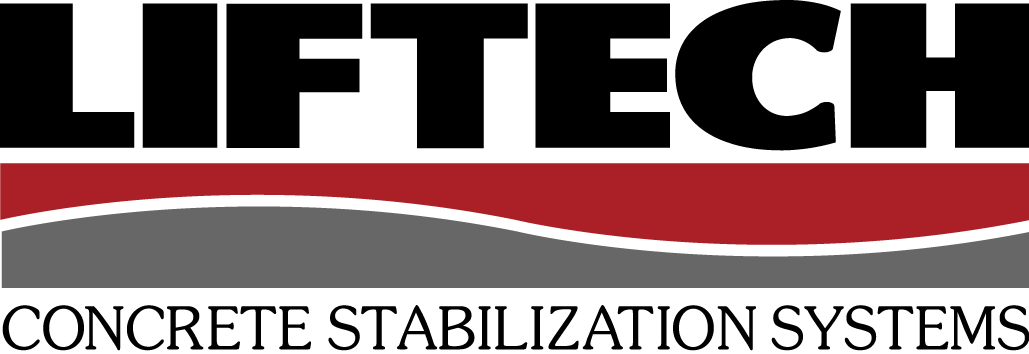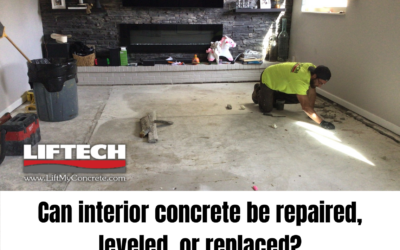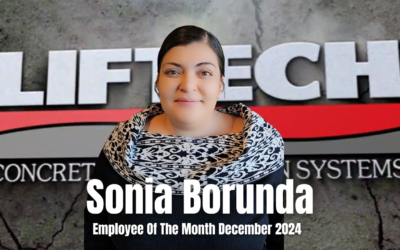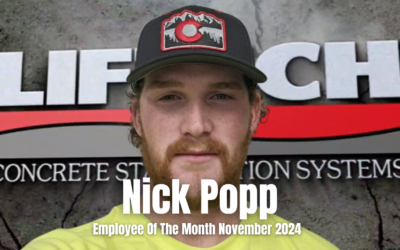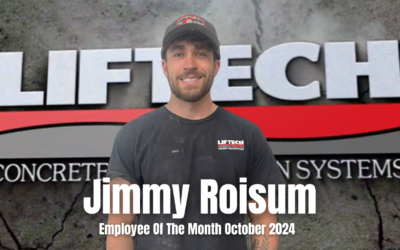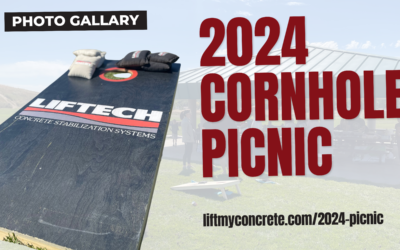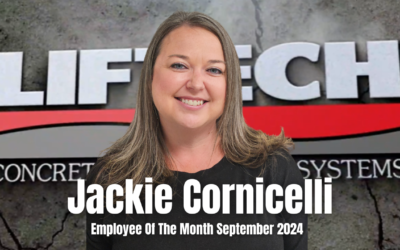Helical Piers Vs Push Piers: Which One To Choose For Your Foundation Repair?
Do you have a sinking foundation, and are trying to figure out how to fix it? Are you getting some bids on resistance piers, and some on helical piers and don’t know which to go with? In this video, we will discuss both options and what is best for your home.
First off, let’s start with what piering is. When the soil your foundation rests on fails, your foundation can start sinking with it. So you can take steel piers, and drive them down into the soil so the foundation can be supported by the newly installed steel to bedrock, removing the poor soil condition from the equation.
So, let’s talk about the difference between the two piers.
A resistance, or push pier, is just that. It’s bracketed to the foundation, and then by using the weight of the existing foundation it is hydraulically pushed into the ground until the point of refusal, which means until the house starts to lift, the desired pressure is reached, or until it hits an object or competent soil.
A helical pier is more like a screw. Instead of mounting it directly to the bracket at first, it is driven into the ground by a hydraulic drive head until it reaches the desired depth and torque. This guarantees that the pier that attaches to support the foundation, will meet the exact engineering requirements.
So with that said, which pier type should you choose to repair your Colorado home foundation? The pier reaching an adequate depth and torque is paramount to the success and performance of the foundation repair. Both push piers and helical piers have their own unique advantages and disadvantages, and the best foundation support system for your specific needs will depend on a variety of factors, including the type of soil and the weight of the building. A qualified foundation repair specialist can assess your foundation and recommend the best course of action for your situation. Both push piers and helical piers are effective foundation support systems, but there are situations where pier may be better than the alternative. Here are some scenarios where push piers may be the better choice:
Advantages of Push Piers
- Heavy Structural Loads: Push piers are generally better suited for heavier structural loads than helical piers. This is because push piers use the weight of the building to push the pier down to more stable soil or bedrock, providing a strong foundation support system for larger, heavier structures.
- Deeper Foundations: Push piers can be installed to greater depths than helical piers, making them a better choice for foundations that require deeper penetration to reach more stable soil or bedrock. This is particularly important in areas with expansive or weak soils that require deeper foundation support.
- Limited Access: Push piers can be installed in tight spaces, such as between buildings or in narrow alleyways, where helical piers may be difficult or impossible to install due to their larger equipment requirements.
- Higher Load Capacity: Push piers can support higher loads than helical piers. This makes them an ideal choice for commercial and industrial buildings with large structural loads.
Advantages of Helical Piers
- Screwed Into The Ground: When leveling the structure of the home is important. Helical piers are often an ideal choice when the ability to lift a home back to level is important because of their unique design. The helical shape of the pier allows it to be screwed into the ground with a twisting motion, creating a strong anchor point that can lift and stabilize the foundation.
- Smaller Equipment To Install: Helical piers are ideal for stabilizing lighter areas of a home, such as stoops, decks, and wing walls because they can be easily installed with smaller equipment and in areas with limited access. The helical design of the pier allows it to be anchored securely into the soil, providing a strong and stable foundation support system. This makes them an excellent choice for smaller areas of a home where the weight of the structure is not as significant, and where excavation or access may be limited.
- Efficient Installation Prior To Build: Helical piers are ideal for supporting a foundation prior to the construction of a new home because they can be installed quickly and efficiently with smaller equipment. They can be used to support the weight of the new structure, providing a strong and stable foundation that can withstand shifting soils, settling, and other potential issues. By installing helical piers prior to the construction of the home, the foundation can be properly supported from the start, reducing the risk of future foundation issues and potentially costly repairs.
Still Have More Questions About What Piers Are Best To Rapair Your Home’s Foundation?
A qualified foundation repair specialist can assess your foundation and recommend the best course of action for your situation. If you have any more questions, feel free to contact Liftech, we are always happy to help!
